LS-OPT
A standalone Design Optimization and Probabilistic Analysis package with an interface to LS-DYNA

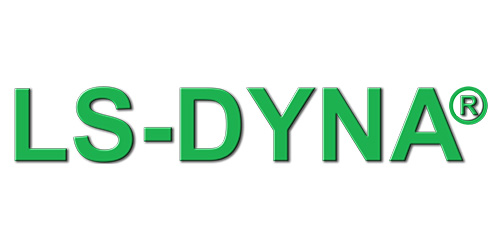
LS-OPT
LS-OPT is an optimization tool which interfaces perfectly with LS-DYNA, allowing the user to structure the design process, explore the design space and compute optimal designs according to specified constrains and objectives. It is highly suitable for solving system identification problems and stochastic analysis.
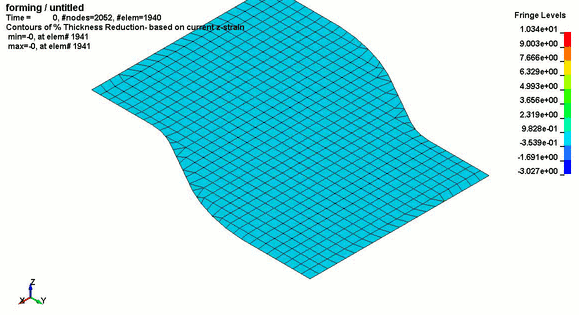
OPTIMIZATION
LS-OPT is designed to meet all requirements to solve arbitrary non-linear optimization tasks.

Successive Response Surface Method (SRSM)
Very effective algorithm for highly nonlinear problems such as crashworthiness or metal forming applications

Genetic Optimization Algorithm (GA)
Suitable for arbitrary problems in particular for complex performance functions (e.g. many local minima)
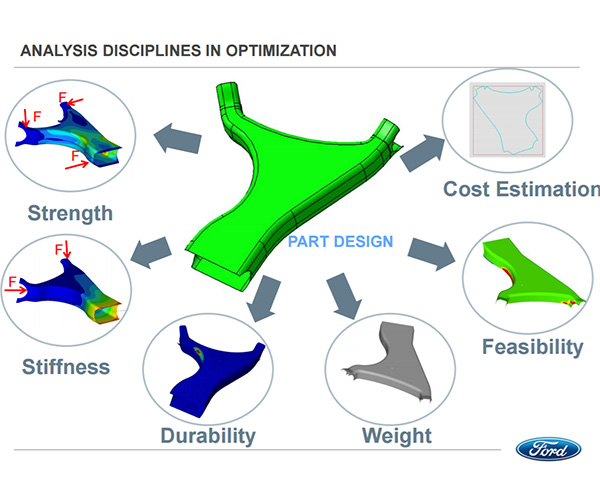
- More than one load case and more than one CAE-Discipline
- Parallel execution of multiple load cases with different analyzing types and possibly different variable definitions
- Discipline-specific job control
- Discipline specific point selection schemes (experimental design)
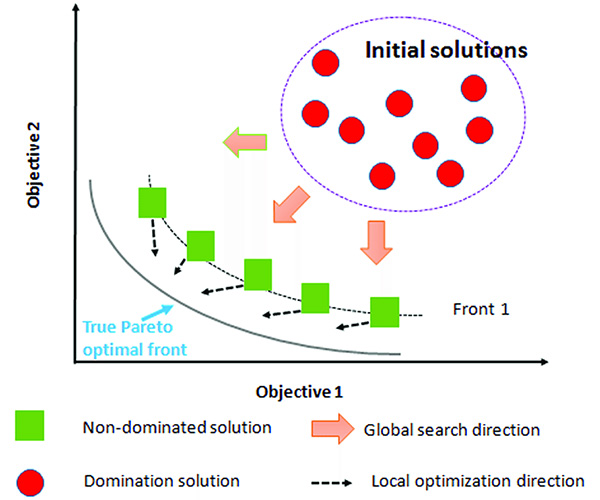
Multi-Objective Optimization
- Simultaneous optimization of more than one objective function
- Pareto Front Solutions
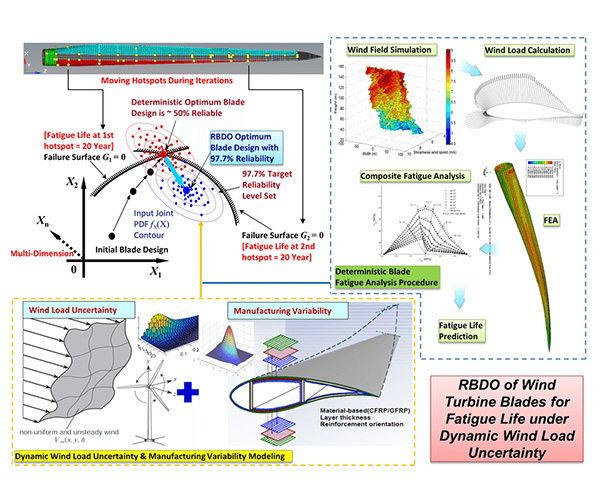
Reliability Based Design
Optimization (RBDO)
Optimization that directly accounts for the variability and the probability of failure
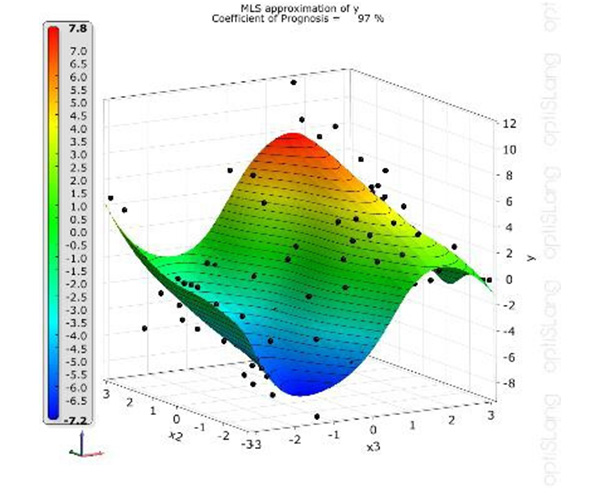
Multidisciplinary Optimization
(MDO)
Optimizing design and robustness simultaneously

Optimization Variables
- Continuous and discrete variables
- Mixed discrete-continuous optimization
- Dependent (linked) variables
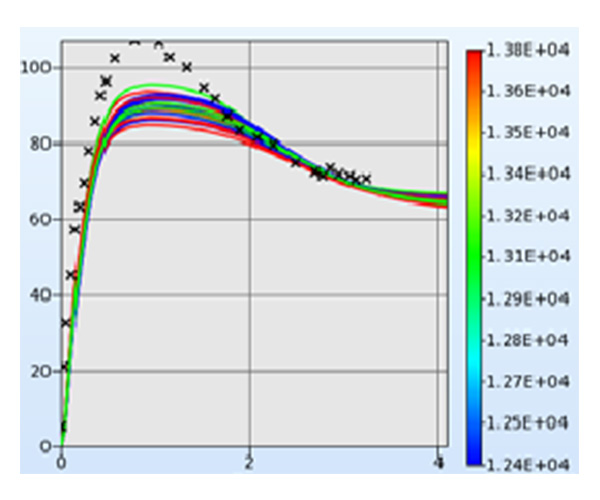
Identification of System/Material Parameters
Calibration of models to experimental data
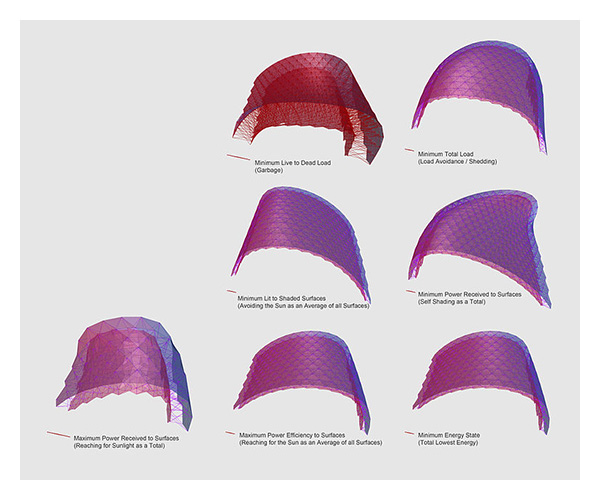
Shape Optimization
Process of optimizing the geometrical dimensions of a structural part Interface to parametric pre-processors: ANSA, HyperMorph, TrueGrid, UserDefined
SYSTEM/PARAMETER IDENTIFICATION
The utilization of new materials such as plastics, composites, foams, textile or high-strength steels require the application of highly complex material models. These material models generally bring along numerous material parameters, which are difficult to define.
The optimization program LS-OPT is excellently suited for the identification of these parameters. By the parameterized simulation of the physical tests with LS-DYNA an automated calibration to the test results is performed. The objective is to minimize the error between the test results and the simulation results.
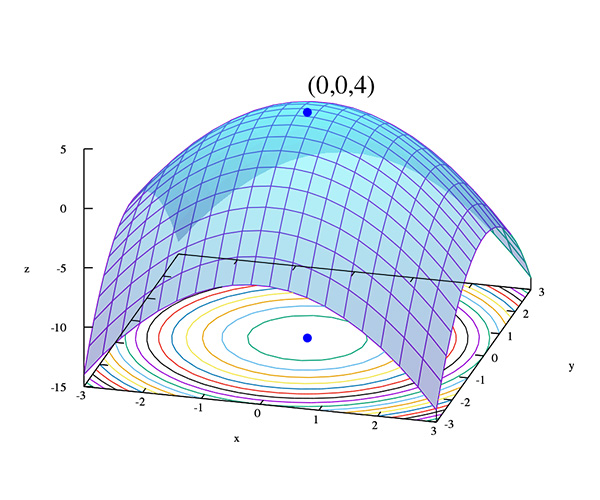
Optimization Algorithm
Successive Response Surface Method (SRSM)
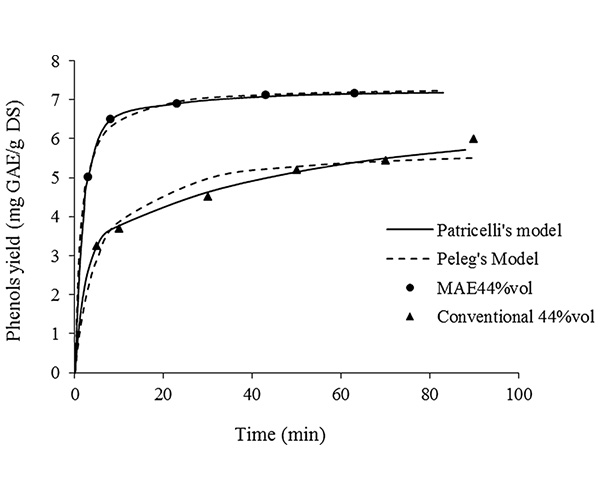
Curve Extraction
- Interface to LS-DYNA output
- Target curve from file
- Crossplots
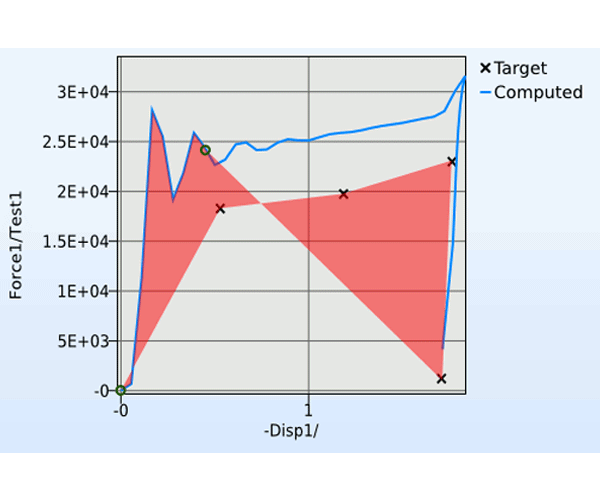
Curve Matching Metrics
- Mean Squared Error
- Curve Mapping (e.g. for hysteretic curves)
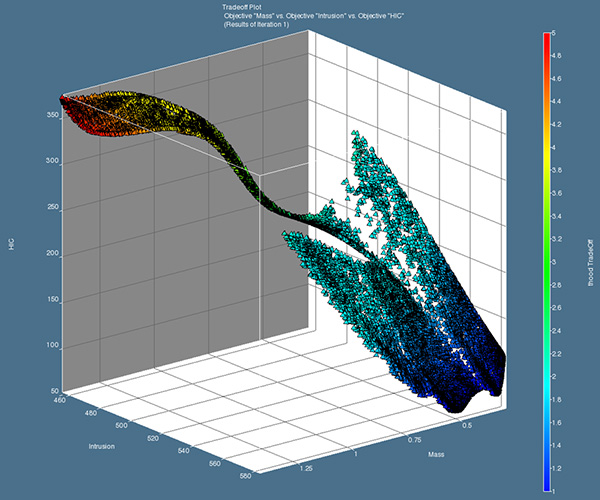
Visualization
- History Plot
- Visualization of simulated and target curve
DESIGN EXPLORATION
LS-OPT allows global approximations of the design space using meta models. These meta models may be used for design exploration.
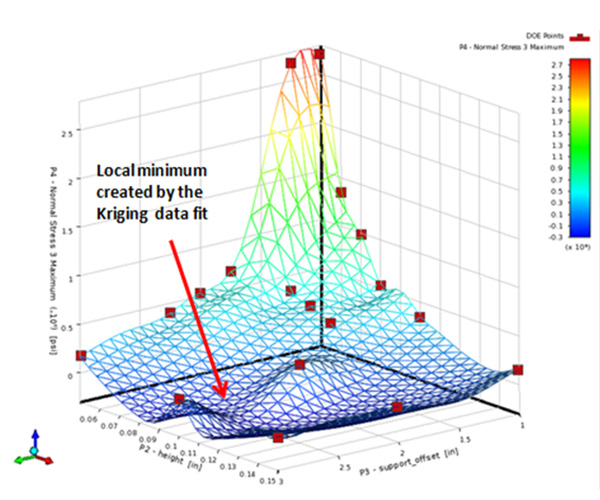
Response Surfaces (Meta Models)
- Global approximation of Responses and Histories
- Metamodel types: Polynomials, Radial Basis Functions, Feedforward Neural networks
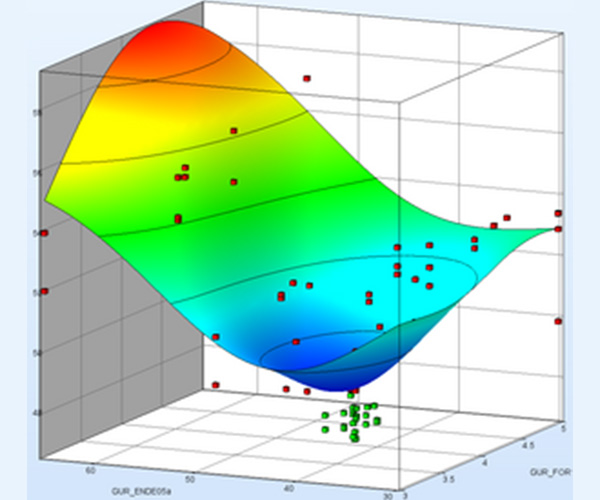
Visualization
- 2D/3D sections of the surfaces
- 1/2 selected variables vs. any response
- Constraints on the meta models
- Influence of single parameter on a history curve
- Interactive prediction of response values
SENSITIVITY STUDIES
Methods for the determination of significant variables are implemented in LS-OPT.
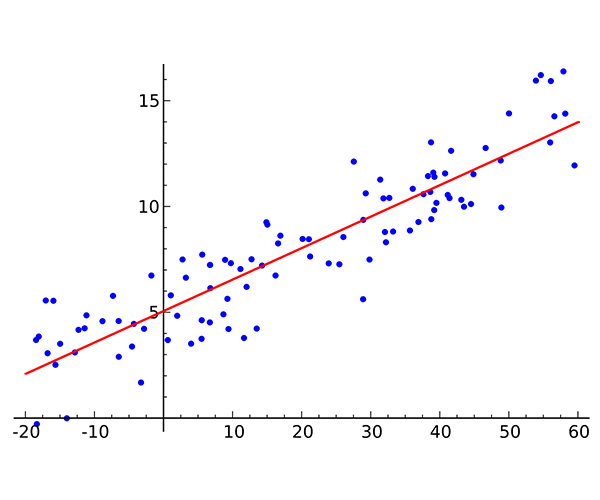
Optimization Variables
- Regression based method
- Evaluated on metamodel
- 90% confidence interval
- Normalized with respect to design space
- Influence of variables on single response
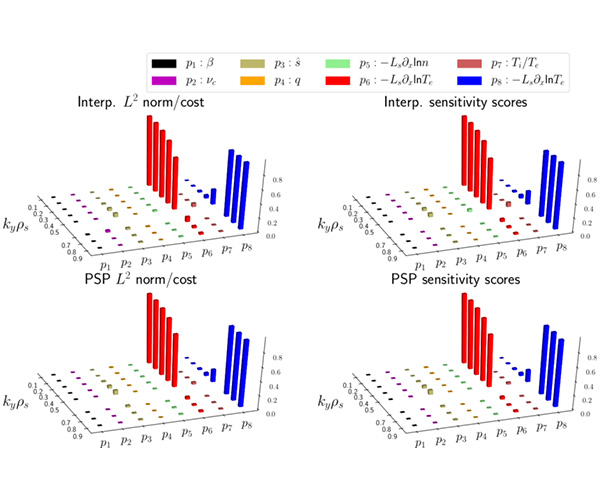
Global Sensitivity Analysis (Sobol)
- Variance based method
- Evaluated on metamodel
- Nonlinear for nonlinear metamodel
- Normalized
- Absolute value
- Determination of influence of variables an multiple responses or on the whole problem possible
ROBUSTNESS ANALYSIS
Stochastic methods and features for robustness analysis are implemented in LS-OPT.
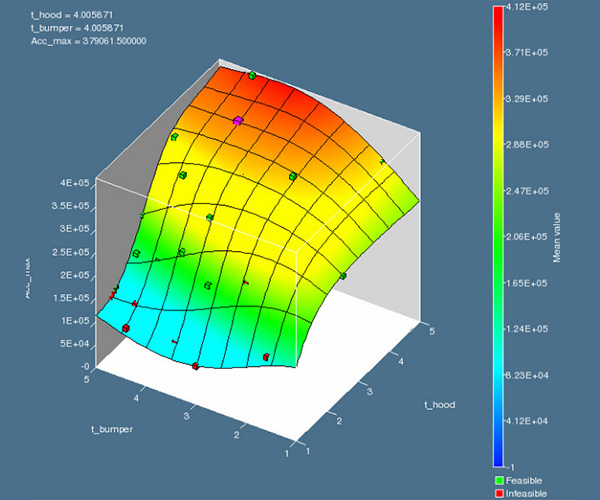
Monte Carlo Investigations
- Direct and metamodel based
- Estimation of Mean, Std. Deviation
- Correlation Analysis
- Confidence Intervals
- Outlier Analysis
- Stochastic contribution analysis
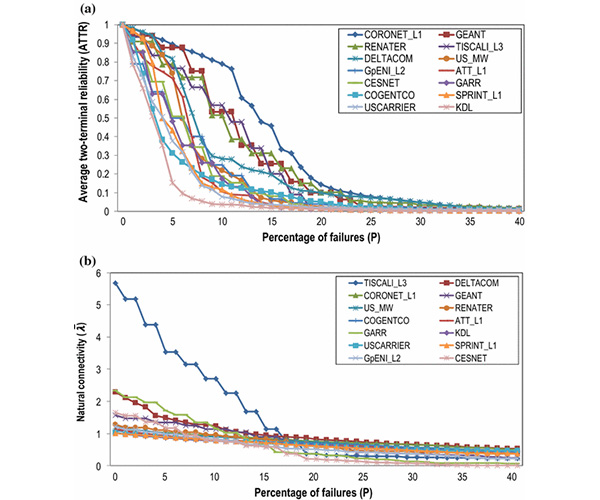
Reliability Studies
- Determination of failure probability
- Methods: FOSM, FORM

Reliability Based Design Optimization
- Optimization that directly accounts for the variability and the probability of failure
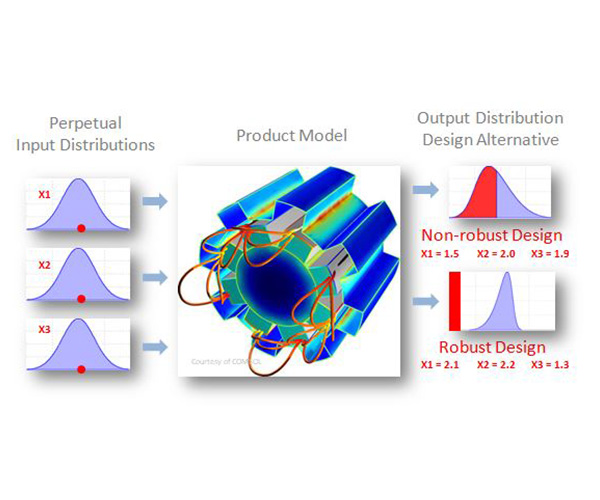
Robust Design Optimization
- Determination of failure probability
- Methods: FOSM, FORM
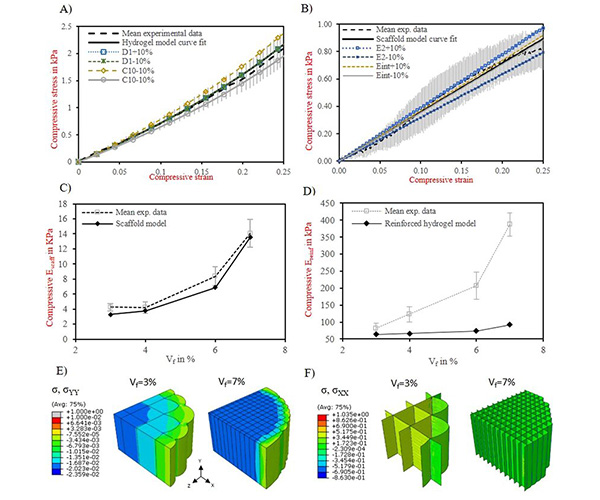
Visualization of statistical results on the FE-Model (DYNAstats)
- Optimization that directly accounts for the variability and the probability of failure





